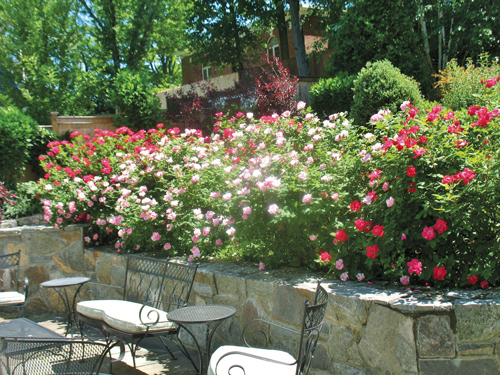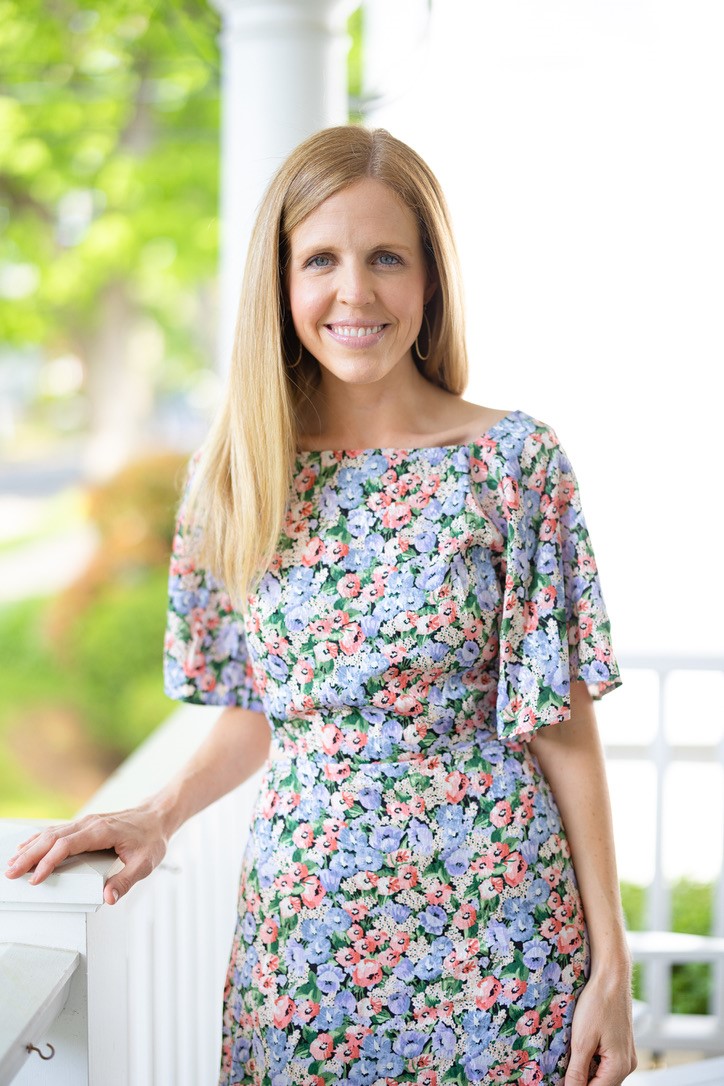 With the outdoors in full spring regalia, now is the time to talk gardening.
With the outdoors in full spring regalia, now is the time to talk gardening.
By Caitlin Brown
 With the outdoors in full spring regalia, now is the time to talk gardening. Who doesn’t love a beautiful garden and yearn for one of their own? In theory, planting sounds simple, but it can be daunting, especially for the beginner.
With the outdoors in full spring regalia, now is the time to talk gardening. Who doesn’t love a beautiful garden and yearn for one of their own? In theory, planting sounds simple, but it can be daunting, especially for the beginner.
Most novice gardeners learn through trial and error. It’s very easy to be overwhelmed by all the choices, and newbies often make the wrong ones. Remember that even the most skilled green thumbs — those with gardens to sigh over — were once beginners, too. Most will tell you, their garden is an evolution, having grown out of plenty of mistakes and lessons learned.
Becoming a skilled gardener, as with most things in life, requires enthusiasm, patience, diligence, and hard work. Before digging in, here are some helpful pointers from local professionals to help aspiring gardeners get off to a good start.
Sun vs. Shade
To choose the right plants, you need to figure out which parts of your yard get full sun (six or more hours a day), partial sun (two to six hours a day). Full sun is ideal for growing vegetables and most flowering perennials and annuals. Shade plants are usually in a special section of garden centers, which makes it much easier to find plants that go together.
Pick a Place
Once you’ve assessed the sun/shade situation, and have chosen the best place to plant, make sure that it is also a space close enough to a water spigot, so you won’t have to drag the hose too far.
Clear the Ground
Get rid of any groundcover covering the area you plan to plant.
Improve the Soil
Add compost or decomposed wood chips. This should be applied in a ratio of one-third organic matter to two-thirds garden soil. Make sure to get an even, thorough mix.
 The Dig
The Dig
Your garden is only as good as your soil. Digging loosens the soil so roots can penetrate more easily. But digging when the soil is too wet or too dry can ruin its structure. Dig only when the soil is moist enough to form a loose ball in your fist, but dry enough to fall apart when you drop it.
Beginner’s enthusiasm is a wonderful thing, but it can cloud rationale. Save big for later and start small. The wonderful thing about a garden is that it grows over time. As you become more comfortable, you will have a much better idea what you want and can layer on to it. The bottom line is, choose plants adapted to your climate, soil, and the amount of sunlight in your garden.
The great thing about garden centers is that they share your enthusiasm and can offer a bounty of helpful information. All you have to do is ask.
Annuals vs. Perennials
Annuals complete their full life cycle within a season and must be planted every year. Perennials, on the other hand, are herbaceous plants that come back every year. Annuals look the same from May-October. Perennials usually flower for about three weeks. You want to plan so you have color and texture all season long.
Note: Some plants are easy to grow from seed (lettuce, sunflowers), but be sure to read the seed packet instructions about when to plant, how deep to plant, and how far apart to plant the seeds. An easier method is to buy young plants, called “set plants” or “transplants.” Just dig a hole and plunk them in the ground when the time is right.
Tip: Certain “foolproof” shrubs will add color all season: hydrangeas knockout roses, and spirea are all great plants to incorporate in a beginner garden.
Plant in Groups
Professionals often say one of their first mistakes was buying one of everything. What gives a garden balance is planting in uneven groups. The general rule is: three, five, or seven, etc.
Mulch
A layer of mulch — about two inches thick — on top of the soil, helps keep weeds out and water in. Different plants require different kinds of mulch. Be sure to ask your garden center what kind your plants require.
Happy Planting!















